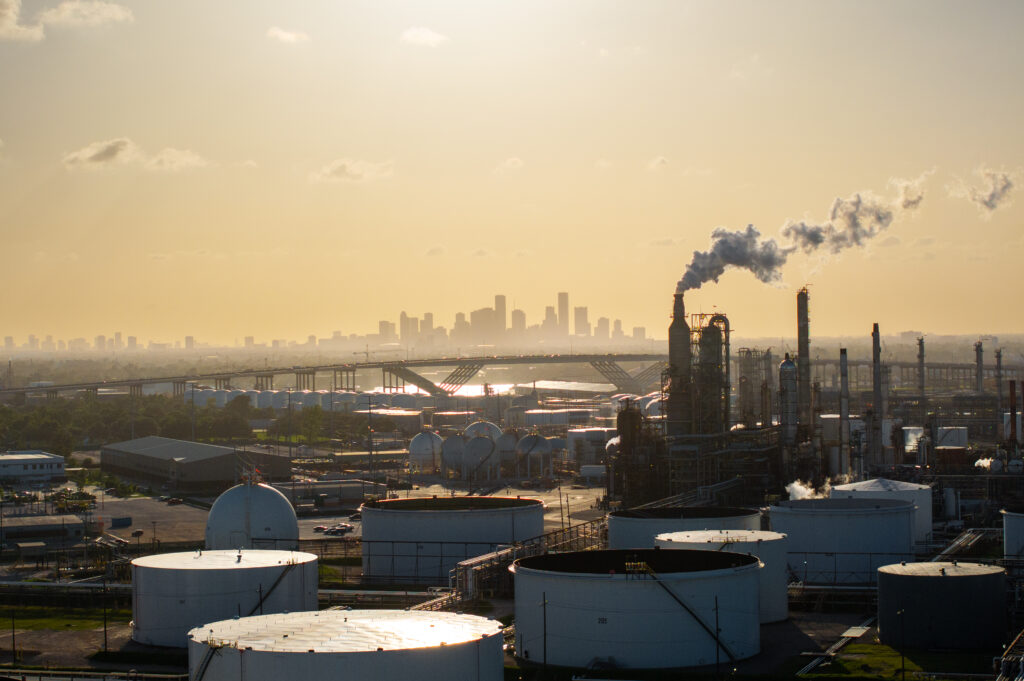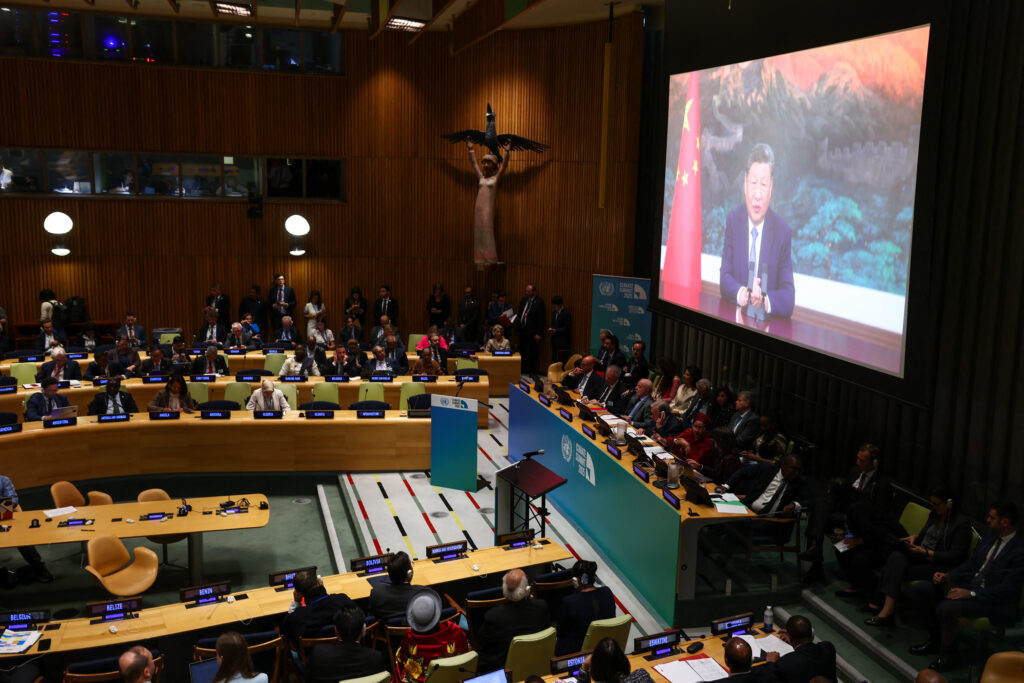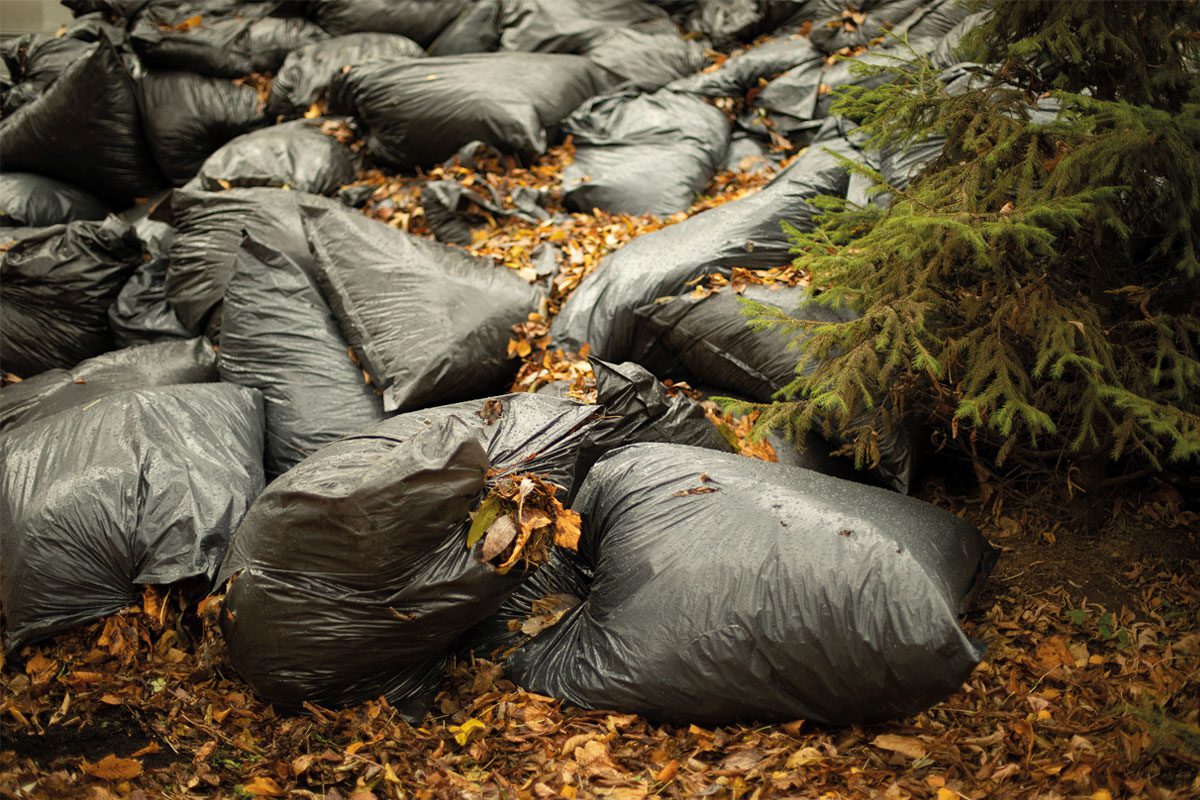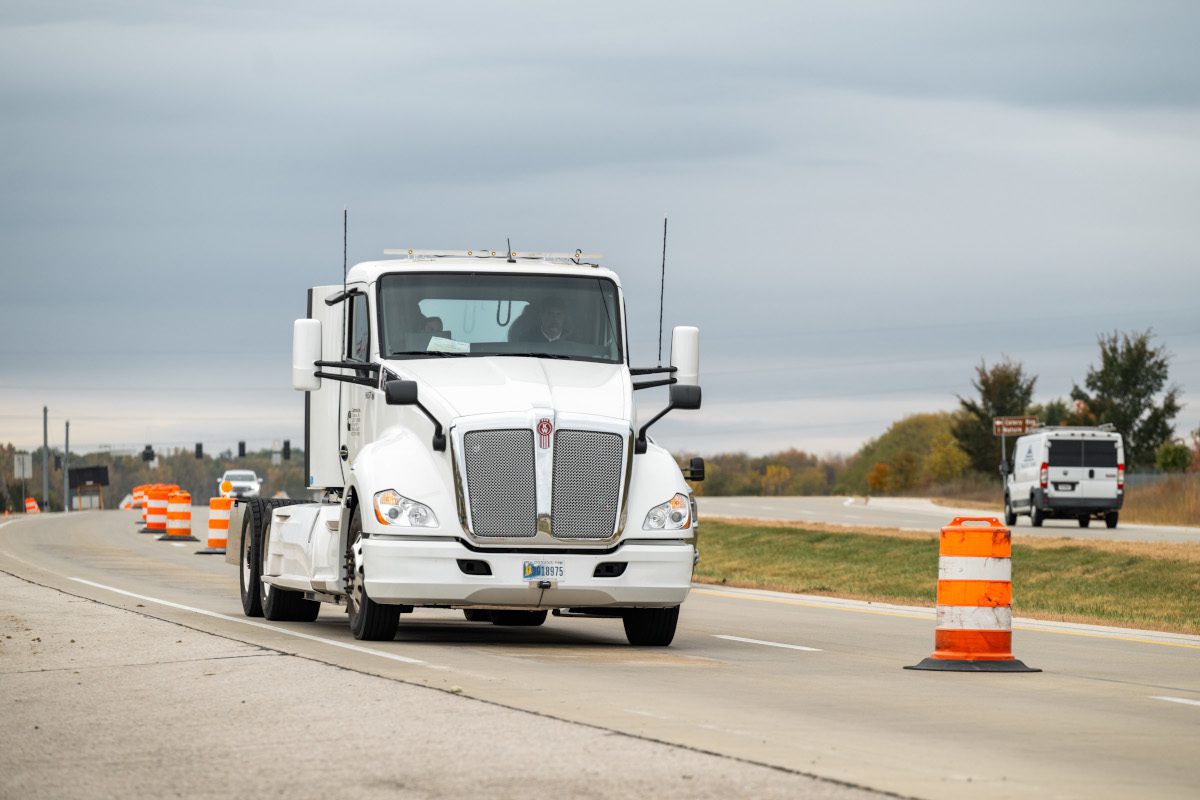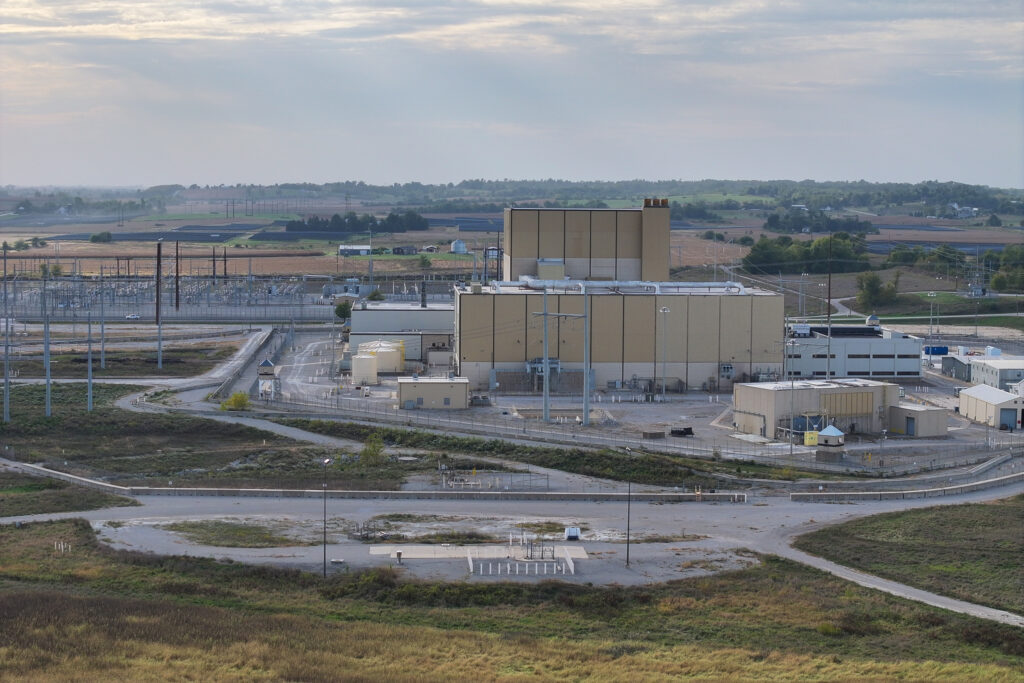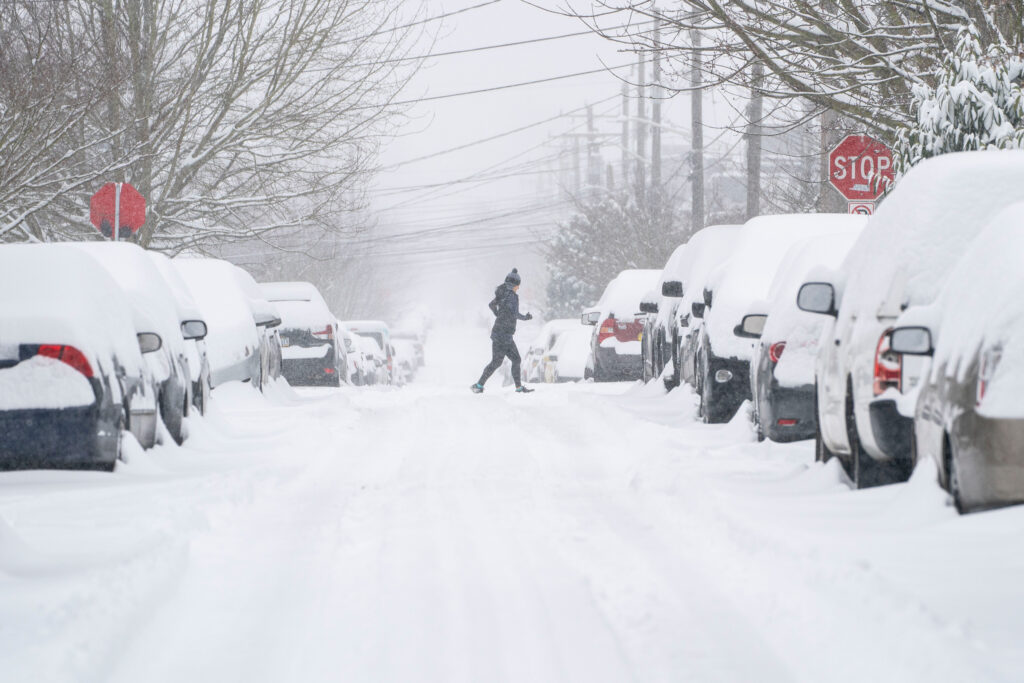In addition to feeding animals and people, som crops also have a largely untapped ability to safely deposit CO2 deep into the ground.
A contributing author to the latest Intergovernmental Panel on Climate Change (IPCC) report has highlighted the need for agriculture to play a role in removing carbon from the atmosphere.
Jacobo Arango is an environmental biologist at the Alliance for Biodiversity and CIAT’s Tropical Forages Program, and was also involved in the IPCC update published in April 2022. Noting that some countries were on track to meet their commitments, he pointed to the more worrying wider picture in which the world overall is currently failing in its bid to limit warming to 1.5C.
‘The agriculture and land-use sector, which includes forestry, has a really invigorating role with this IPCC report,’ said Arango. ‘It’s not enough only to lower emissions, we also need to actively remove carbon from the atmosphere.’
The expert went on to explain that deep rooted plants, including varieties used for livestock grazing, can store carbon from the atmosphere between two and three metres underground, trapping it in soil organic matter. Although most flora is only capable of doing this up to 30 centimetres, a depth shallow enough to risk carbon escaping back into the air, tropical forages often buck the trend and can extract gas from the atmosphere and send to a safe subterranean level.
‘If you use the right plants, with a long root system, they can transfer the carbon from the atmosphere into the deep soil layers,’ Arango continued. ‘Instead of big fancy machines taking carbon out of the atmosphere and injecting it into rock formations, agriculture does that naturally with plants, along with higher food production and other environmental benefits, such as water and biodiversity conservation.’
In related news, Scotland has just announced a £10m fund to develop and commercialise carbon utilisation technology.





